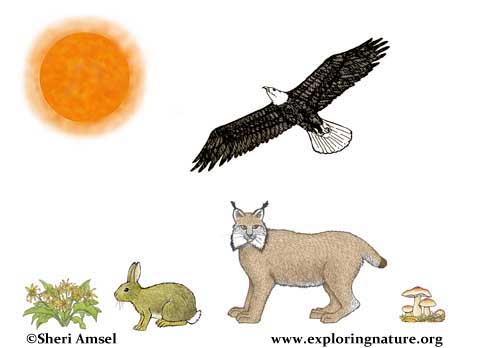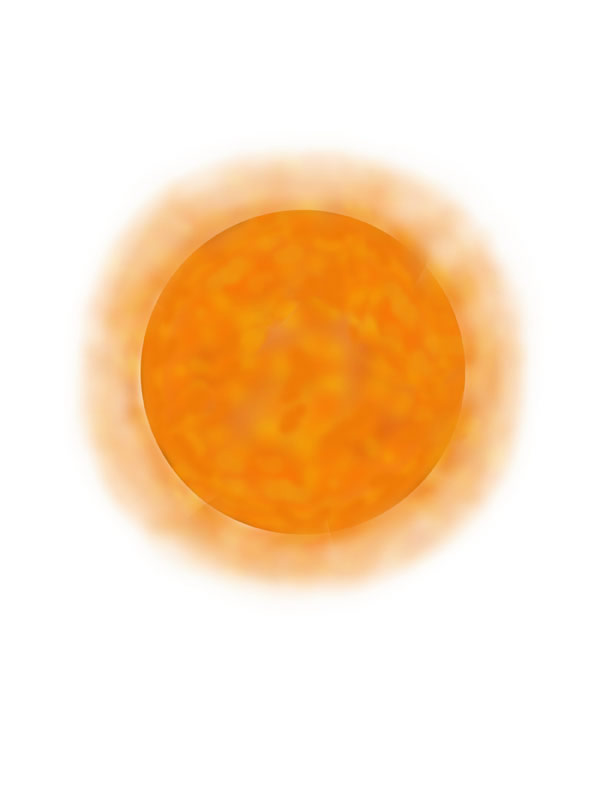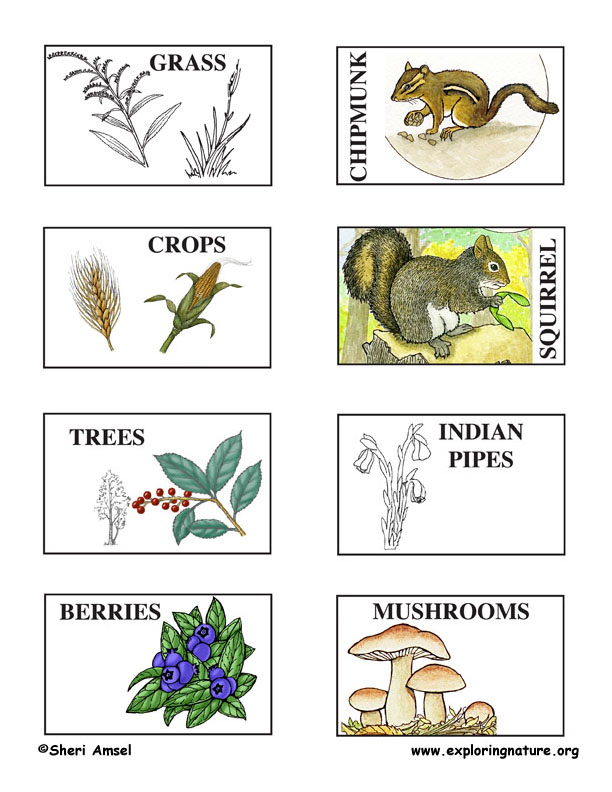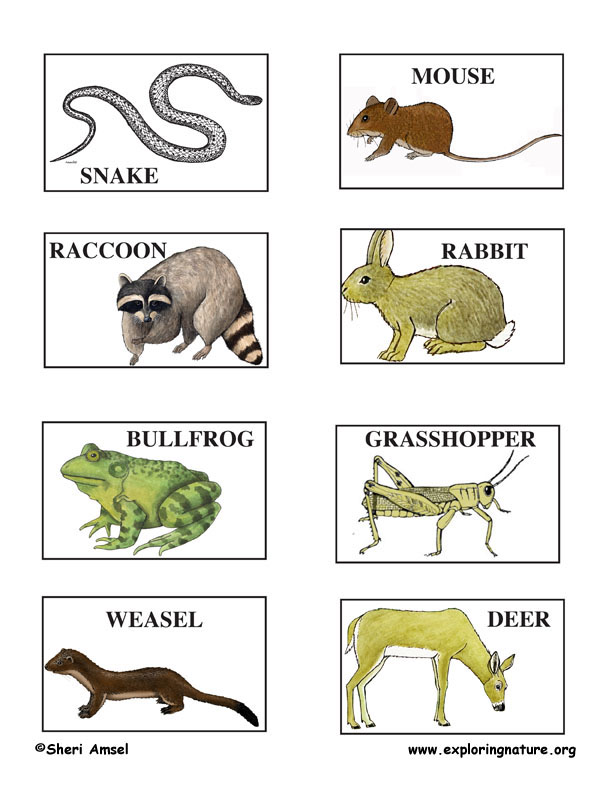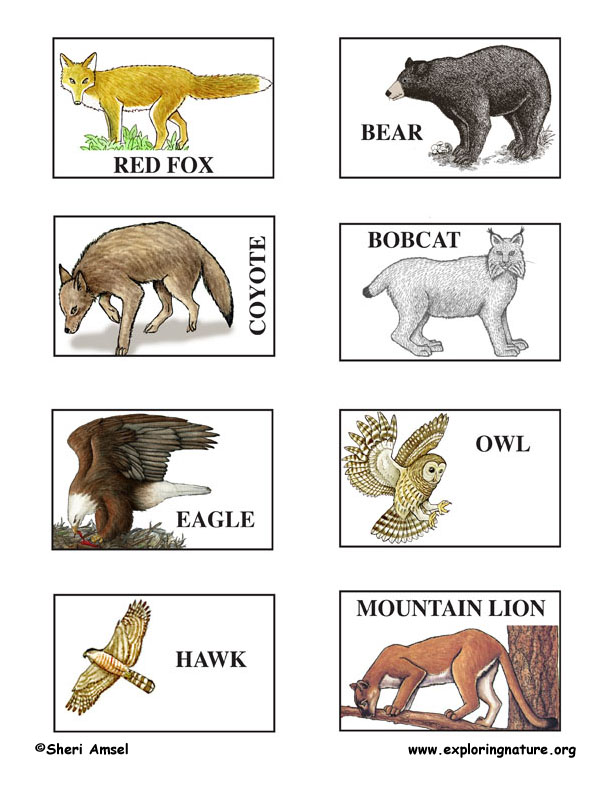

On the Who Eats Who Handout are all the species in a food web and what they eat. You can hand this out to your students or have them research their own species feeding habits to make this activity an interdisciplinary with ELA components. Students can each be responsible for one part of the food web.
To make this into a game…
Producers
Primary Consumers - Herbivores
Secondary Consumers - Omnivores
Tertiary Consumers – Carnivores
Decomposers
When you research information you must cite the reference. Citing for websites is different from citing from books, magazines and periodicals. The style of citing shown here is from the MLA Style Citations (Modern Language Association).
When citing a WEBSITE the general format is as follows.
Author Last Name, First Name(s). "Title: Subtitle of Part of Web Page, if appropriate." Title: Subtitle: Section of Page if appropriate. Sponsoring/Publishing Agency, If Given. Additional significant descriptive information. Date of Electronic Publication or other Date, such as Last Updated. Day Month Year of access < URL >.
Amsel, Sheri. "Build a Food Web Game " Exploring Nature Educational Resource ©2005-2024. December 14, 2024
< http://www.exploringnature.org/db/view/1302 >
